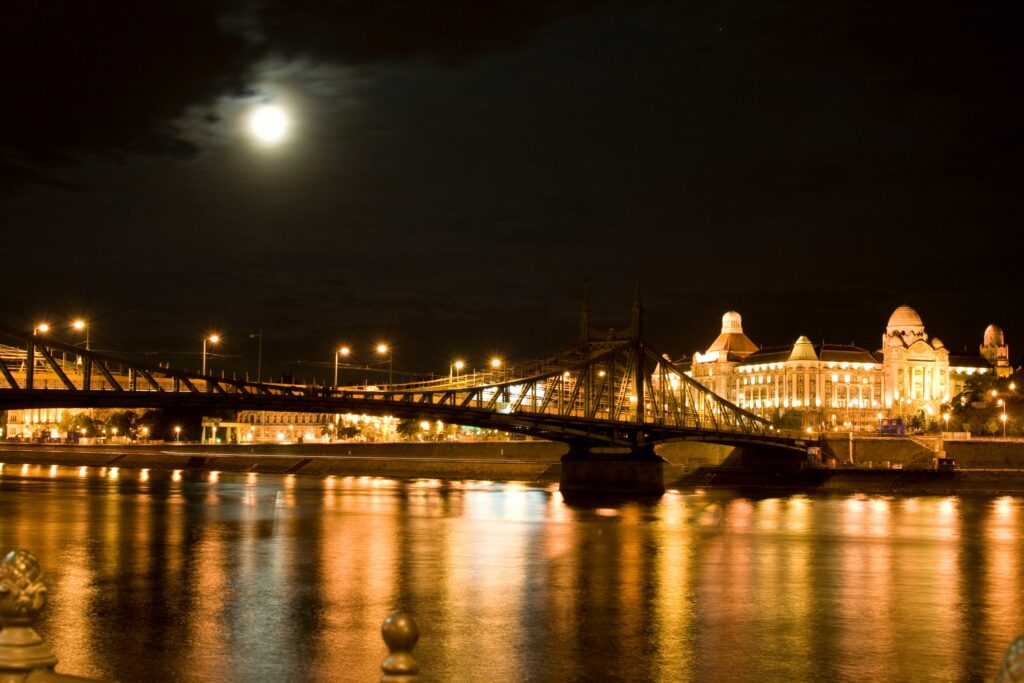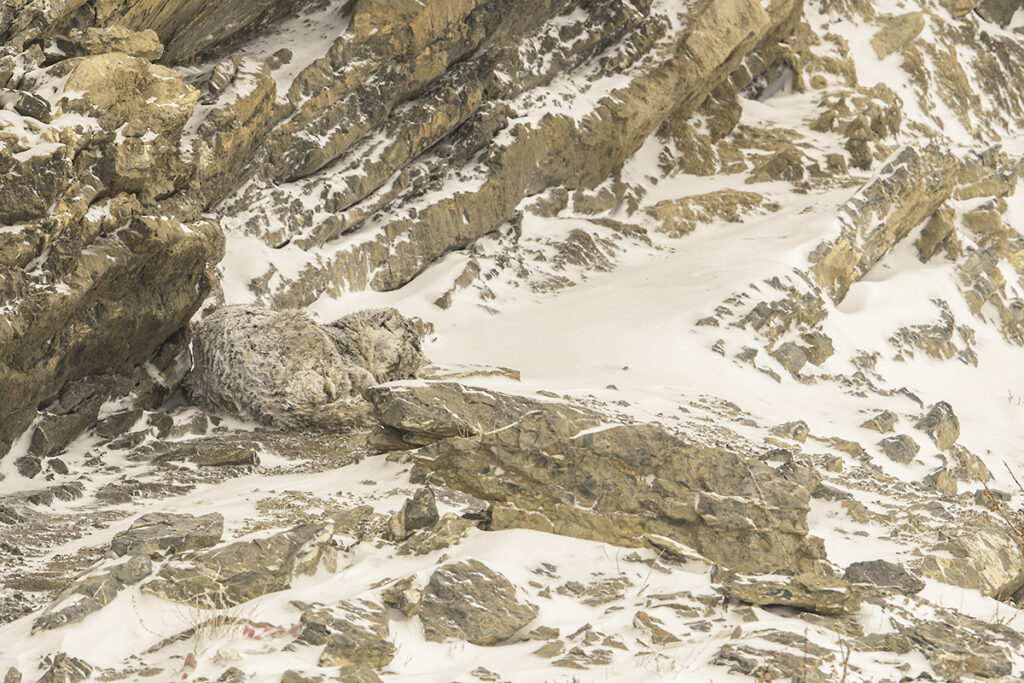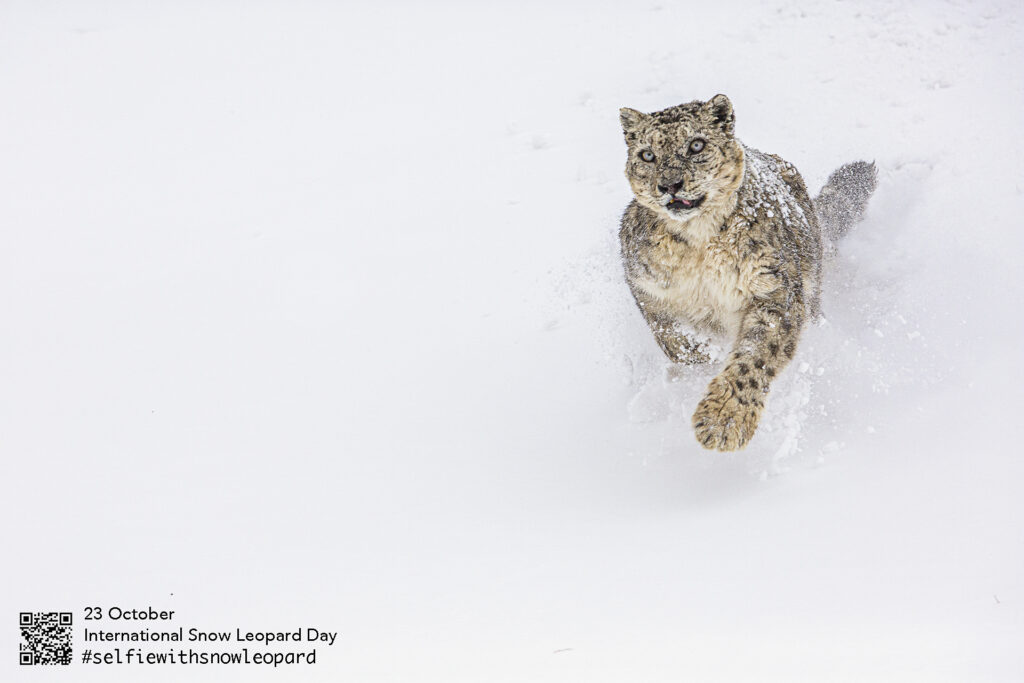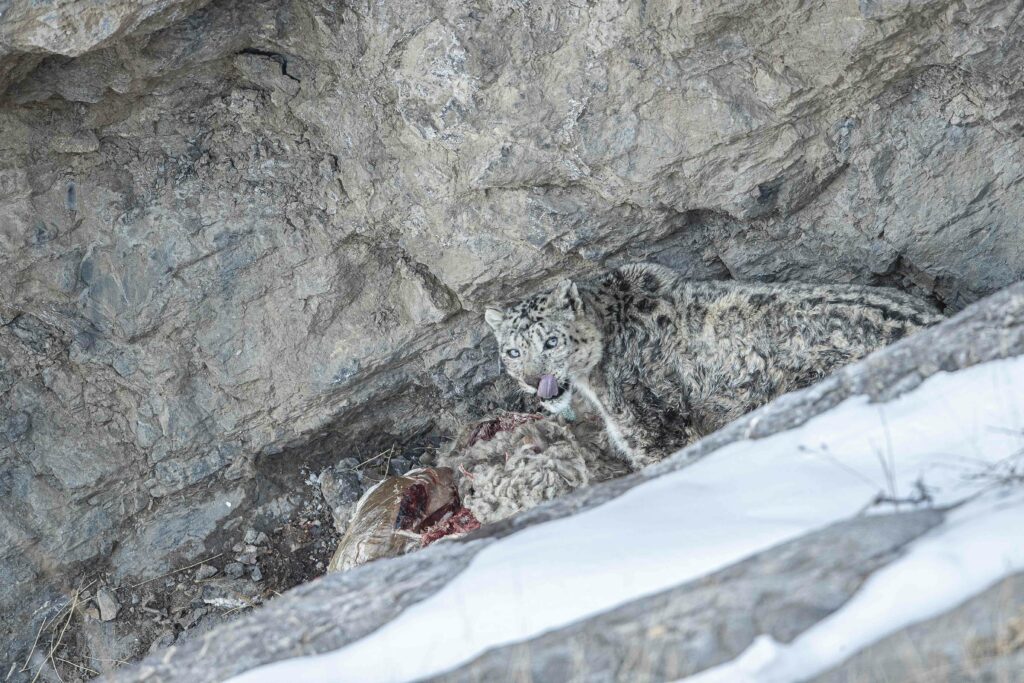Daneesh Majid
“Because of my photographic passions, I know how to print better . Because I also am adept at printing, the finer nuances of photographs come to me a bit easier,” exclaims Ismail Shariff.

Ismail Shariff is known to wildlife and photography enthusiasts as the “Snow Leopard Man of India.” A conversation with him dispels the layman’s notion of printing being as simple as holding the control or command key and then hitting “P” on the keyboard.
After all, he did pioneer art of fine printing in the then united state of Andhra Pradesh. Seeing is how one of the 20-25 certified fine-art printers who are certified in the country, the practice of printing a photo is actually is clearly a very meticulous craft.
It is one that that helped him hone another passion-cum-profession. Although before this fascination with many cat species. When writing on the Snow Leopard Network website, “In hindsight, I feel all our experiences in life are but lessons, preparing us for what is to come.”
Being adept at navigating mountainous areas has helped him in holding his own in conditions in which he had to capture his photographic subject.
From the Cosmopolitan Scenery to the Cat Species
Alongside cityscapes and city sunsets, a certain species piques the interest of wild life photographer Ismail Shariff. “When I went to Kanha, Madhya Pradesh and saw a tiger for the first time from a meager distance of six feet away. That was it,” Shariff remembers.
It is this fascination with the overall cat species that unintentionally has helped him embarked on a journey to becoming the “Snow Leopard Man” of India.
The different types of species include the Asiatic Lion, Clouded Leopard, Asiatic Golden Cat, Marbled Cat, Leopard Cat, Rusty Spotted Cat, Caracal, Royal Bengal Tiger, Indian Leopard, Snow Leopard, Jungle cat, Asiatic Wild cat or Desert Cat, Pallas Cat or Manul, Fishing cat and Eurasian Lynx.
| He has photographed seven of them. |
Of course, the expeditions to exotic destinations, sleek equipment and extravagant exhibitions lend some glamour to the path Ismail has pursued.
Yet there is also a certain tacit modus operandi that is not (only) central to capturing the animal on the camera, but simply being within his/her perimeter. In this regard, one of his mentors’ advice could not ring any more true.
Dhritiman Mukherjee advises, “The so-called ethics, should actually be the nature of every human, to give space and respect other beings and not taught or enforced separately.”

Like humans, animals too have their private spaces. Simply put, the gist of this is that if you give respect, you will get respect. “If an animal is comfortable and you are giving enough air as well as space to it. It will feel comfortable to stay there or come closer,” Shariff informs.
He also speaks about certain apprehensions animals — snow leopards especially — harbor among humans. That too, with only 6,000 to 7,000 of them only being left in the world right now.
Besides tutelage from learned photographers, a lot of government-subsidized excursions and mountaineering would equip him with other skills.
One of these was from the Himalayan Mountaineering Institute (HMI) in Darjeeling. He categorically remembers piece of advice given to him by the HMI Principal.
| “IF and when stuck in an avalanche, knowing which way to dig to go to top is important, and easiest way of knowing which way is up, is to spit and go in the direction opposite to where the spit if falling” instructed the Principal. |
On top of that, certain types of grooming practices are not exactly conducive to keeping oneself warm in brutally cold, mountainous settings.
“If one does not trim their nose hair, they will be protected from the cold air. The friction of the air prevents that freezing air from reaching your lungs,” divulges Shariff, sharing the knowledge he had received in field.
Habits that one might consider hygienic have no place in mountaineering. They certainly had to go for a toss if he was to further undertake the journey into the mountains of Ladakh and Kibber, Himanchal Pradesh.
Habits that one might consider hygienic have no place in mountaineering. They certainly had to go for a toss if he was to further undertake the journey into the mountains of Kibber, Himanchal Pradesh.
And it was out of his comfort zone, he went onto become the Snow Leopard Man of India.

Becoming the Snow Leopard Man
Besides being exotic, the snow leopard is also elusive. Aside from traveling all the way up to Chandigarh and then making the two-day road trip to Kibber, the sheer time and labour that goes into getting into catching its appearance.
For the last four years, he has spent almost half a year in such harsh climates that are not exactly conducive to city folk. The city dweller can only tolerate so many elevation levels, and oxygen levels.
At the maximum, most humans can brave the 4,000 to 5,000 metres.
Shariff elaborates, “The snow leopard only comes down to a certain elevation level during the mating season during brutal snowfall Also at a time when there is extreme snow, the ungulates like Asiatic Ibex, Urials, Argalis and Blue Sheep, who are prey for snow leopards, also make their way down to lower levels.”

And following the rare leopard are human enthusiasts like him.
One morning while my crew and I followed the pug marks around a village where the snow leopard was hiding. In this photo below one, can see the leopard trying to camouflage into its surroundings.
Not only is capturing the expressions of these beautiful beings is stimulating, but the real high he gets is from simply being in the presence of a life form that is difficult to spot.
“It is like I am in a different dimension. You are sharing the space with this animal and in a way are leasing out a part of his being. We are technically intruding in his Kingdom, and s/he is allowing you to do so. He could come running to you, scare you.”
It is this decorum that allows him to delve further into the world of this animal that enamours him.
Imbibing in these etiquettes of how one should go about carrying him/herself was one of the many learning experiences that prepared him to better wield his camera. Be it the mountaineering, grasping the finer printing techniques or photographing quaint settings in Hungary or Hyderabad, each leg of the journey to becoming the Snow Leopard Man.
After all, that moniker was not earned overnight.
| It is one that got him an invitation to a snow leopard conservation conference in Kazakhstan and some praise from Academy Award-winning actor Adrien Brody. His photos have also graced the 2020 calendar of the trust that organised the high-profile convention, and in a solo photography exhibition on Snow Leopards, in LA and New York, USA. |


